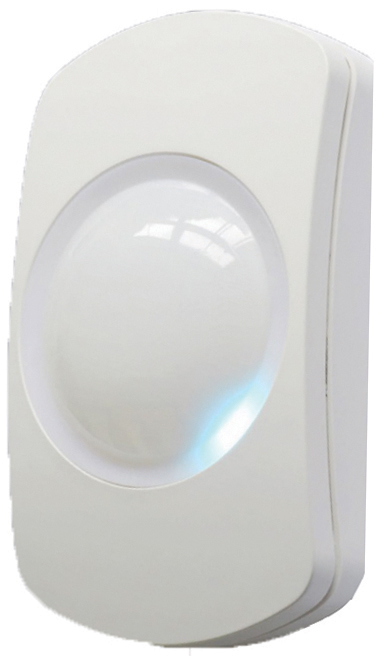 The Texecom Capture indoor motion detector range consists of the devices tested in this review (the P15, Q20 and D20) plus additional CQ and CD ceiling mounted Quad element and dual tech units. They are all rated as Grade 2 and are UK manufactured. Grade 3 versions are expected to be available soon. Texecom states that each Capture model comes with a lifetime warranty against defects in materials, manufacture, and performance.
The Texecom Capture indoor motion detector range consists of the devices tested in this review (the P15, Q20 and D20) plus additional CQ and CD ceiling mounted Quad element and dual tech units. They are all rated as Grade 2 and are UK manufactured. Grade 3 versions are expected to be available soon. Texecom states that each Capture model comes with a lifetime warranty against defects in materials, manufacture, and performance.
Getting started
No documentation is provided in the product box with all documentation being downloaded from the manufacturer’s website or via the Texecom app. As usual you must agree to the Terms & Conditions and Privacy Notice prior to downloading manuals and these documents are not readily available on the app registration page however they can be found from the homepage. A QR code on the rear of the packaging allows you to access the Texecom website from where you can call up the TexecomPro app via the relevant Android or iOS store. No installation manuals can be accessed until you register your details with them as an installer. Once registered the manuals and a promotional video become available. When using the TexecomPro app, you can access specific device information by search, scanning the barcode on the device packaging or from a lookup table.
The device cover is held in place using a plastic quarter turn screw that in the unlocked position allows the cover to be slid downwards and removed. All connections are made into a seven-way terminal socket that is clipped into the base. This connector can be angled or easily removed from the base for ease of connection and is large enough for a standard terminal driver to be used. All connections are clearly identified, and their designations are also indicated on the box on a tab that can be removed for reference.
The seven connections for these devices are: – + A B C D E with – and + for the 12 volt power supply input, A and B are the Alarm output and C and D for the Tamper connection. Connections A and D can be used for the combined Alarm and Tamper single pair end of line value. The Tamper connector D on the PCB is slightly shorter than the others ensuring this will disconnect first if the connector is prised from the board. E is identified as the RLED connection by taking this to 0v is used to remotely enable the Walk-Test LED from the panel if the enable switch in the device is turned off. Power supply for all models is 12 volt +- 25% with a current demand from 12mA to 17mA depending on type.
Each device has the same base plate with angled sides for corner or flat wall mounting with a variety of screw-hole knock outs and upper and lower cable entry points. For the ceiling mounted variants, a circular clip on cover is provided.
Operation & performance
With power applied the device goes through a start-up routine during which the walk test LED flashes at a 1Hz rate. In the case of the P15 and Q20 this is a distinct light blue flash for approximately 50 seconds, for the D20 there is a softer 1Hz fade in and out for around 30 seconds. Once the routine is finished the detector is operational and depending on the position of the walk-test switch will display its light as the alarm area is entered. For the P15 and Q20 devices this will be a blue indication for alarm. The D20 shows a Green LED for PIR detection, Violet for Microwave detection and Blue for both being triggered. The alarm output is only activated when both technologies are triggered. The alarm output duration for single alarm activations averaged just over 3 seconds with a minimum of 2.38 noted. The alarm is output from a surface mounted optically coupled MOSFET relay so is well isolated from the device processing, local power noise and avoids contact “bounce”.
A Texas Instruments mixed signal micro-controller provides the advanced processing of the pyro sensor output with a secondary micro-controller dedicated to the k-band microwave detector in the dual tech devices.
The PIR lens is held in place by a circular ring that can be removed to allow changing between long range and curtain versions.
Read the full review in the February 2021 edition of PSI magazine

